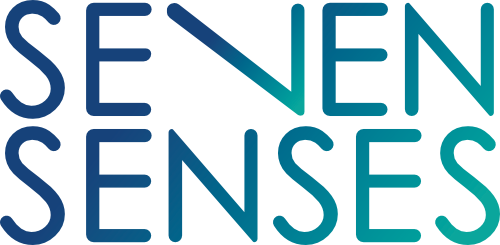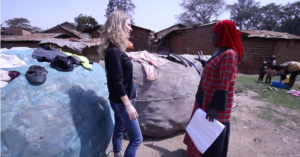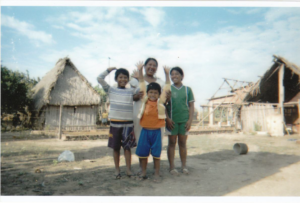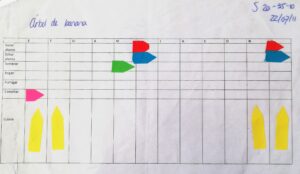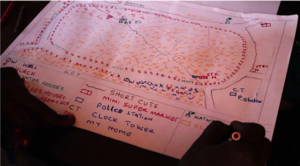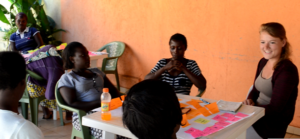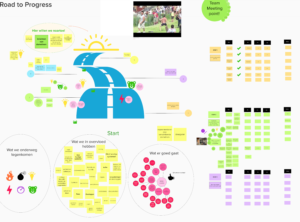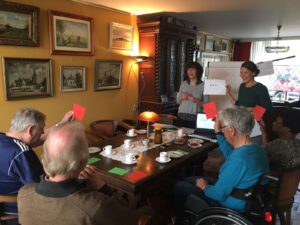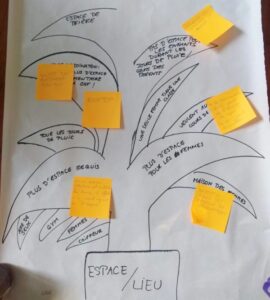Welcome at our PAR Methodology page! Here we showcase commonly used methods in Participatory Action Research. There is no fixed set of methods, combinations can be made and the methods can be adapted to the local circumstances; the possibilities are endless. Per method you will find where it is used for, how and when you can apply the method and more. This page is constantly under development, as we add more and methods over time. Please note that most of these methods can be adapted to digital methods. At SevenSenses we have digital formats to use upon request, so please don’t hesitate to contact us.
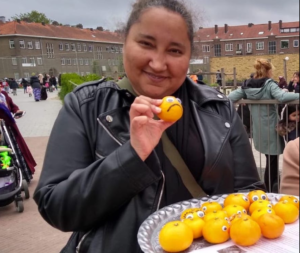
The Tangerine-method
The Tangerine-method is a method you will not find in the books. The method was created by SevenSenses Participatory Action Researcher Wilma van der Vlegel
